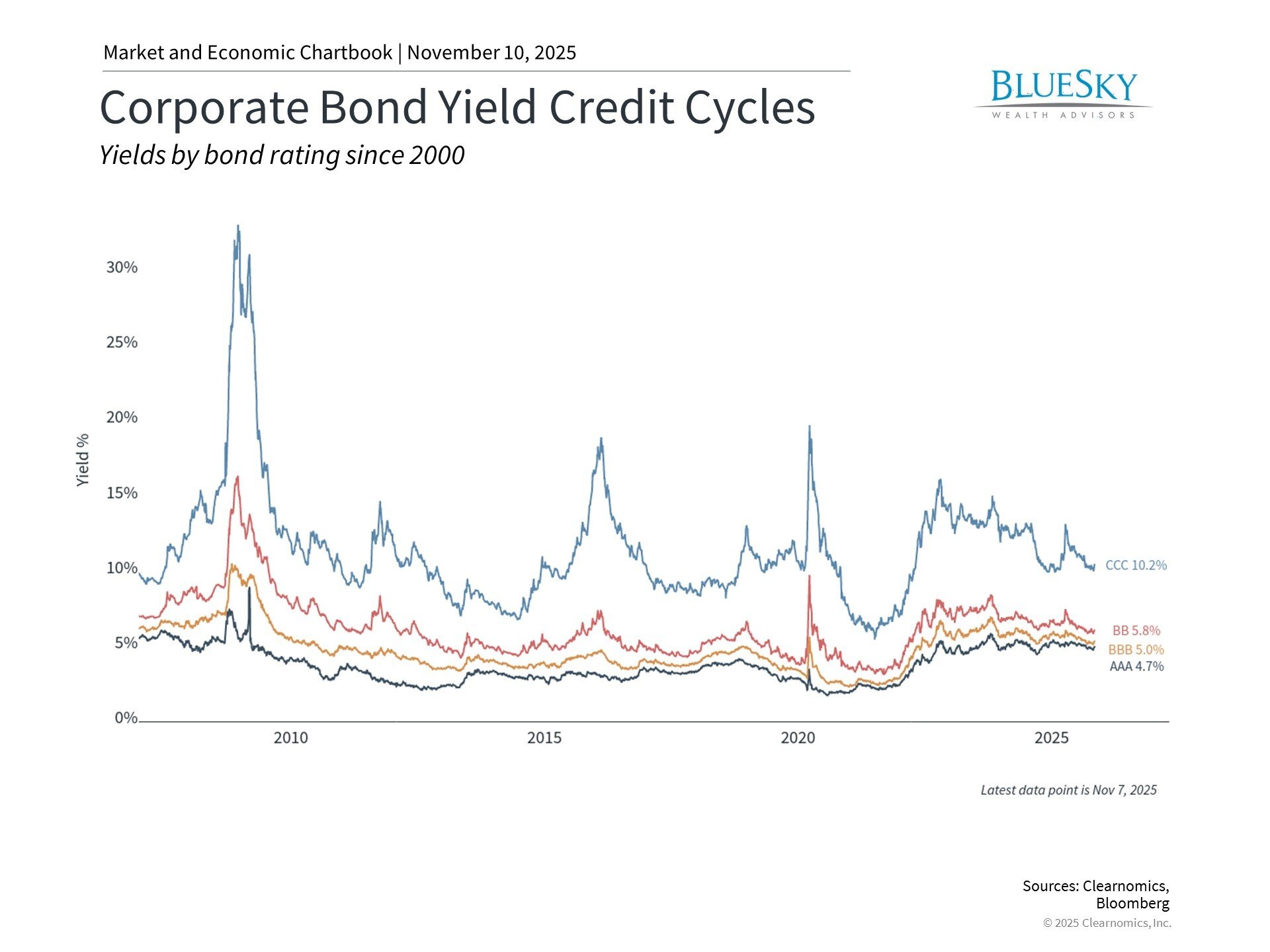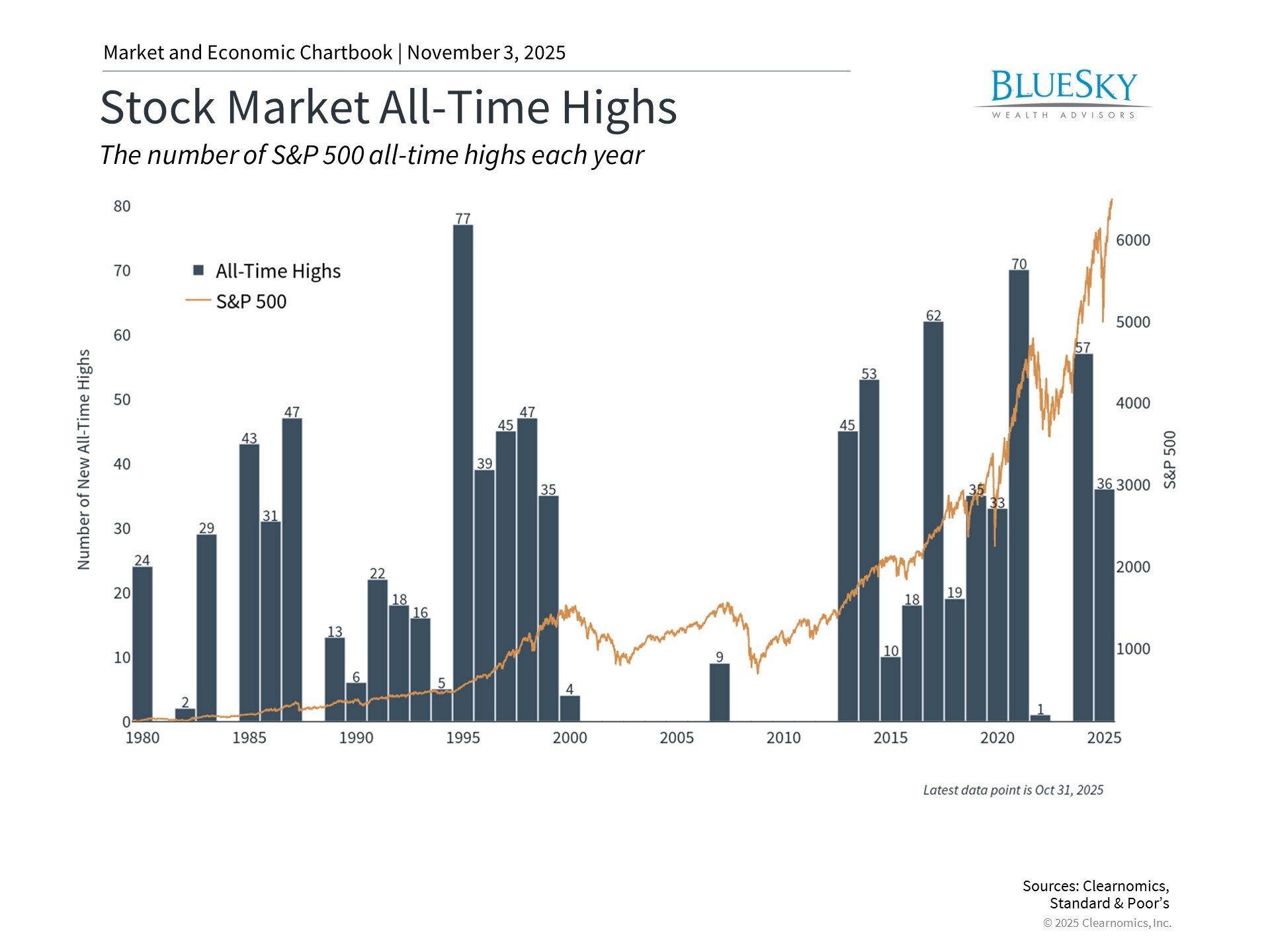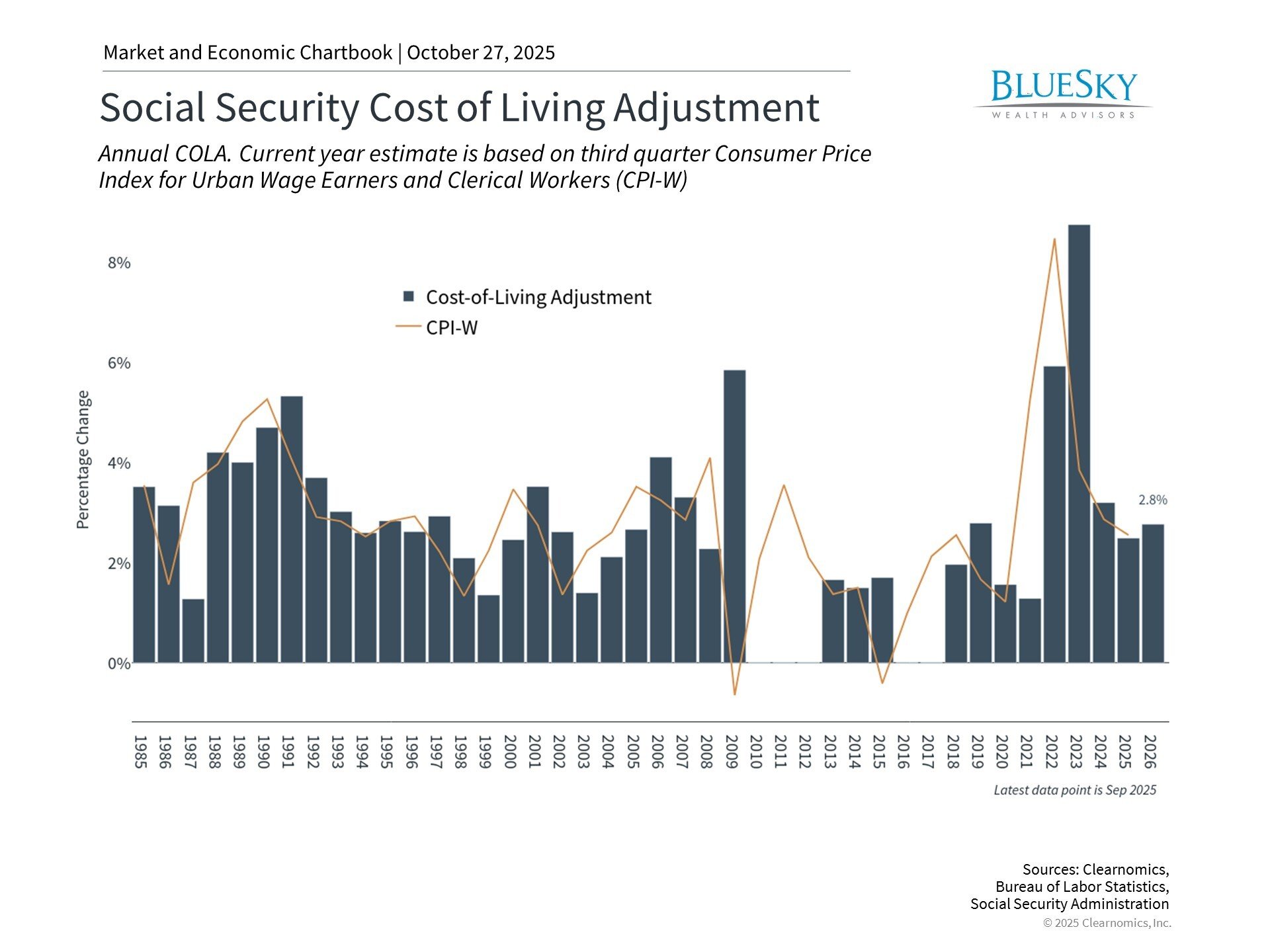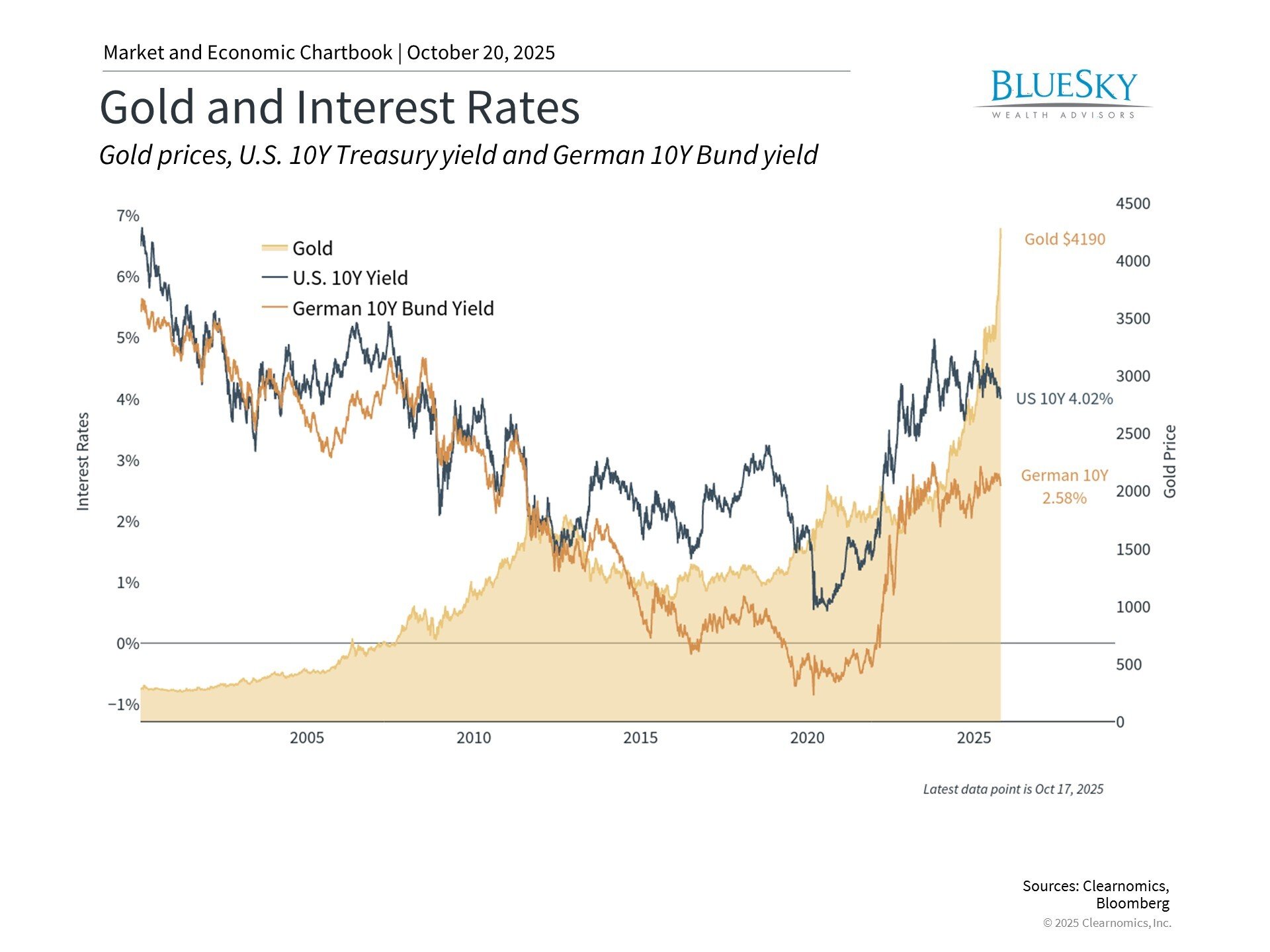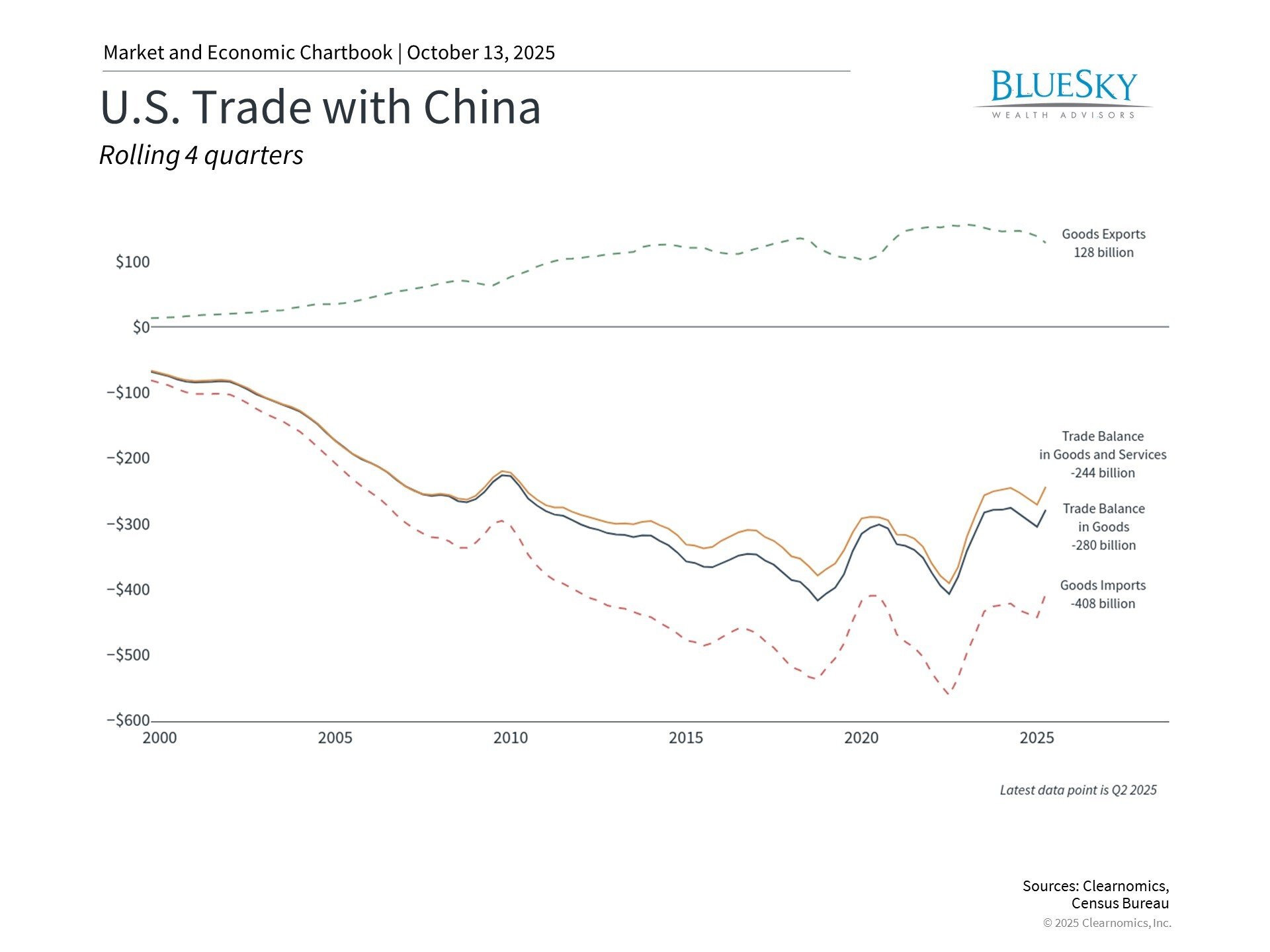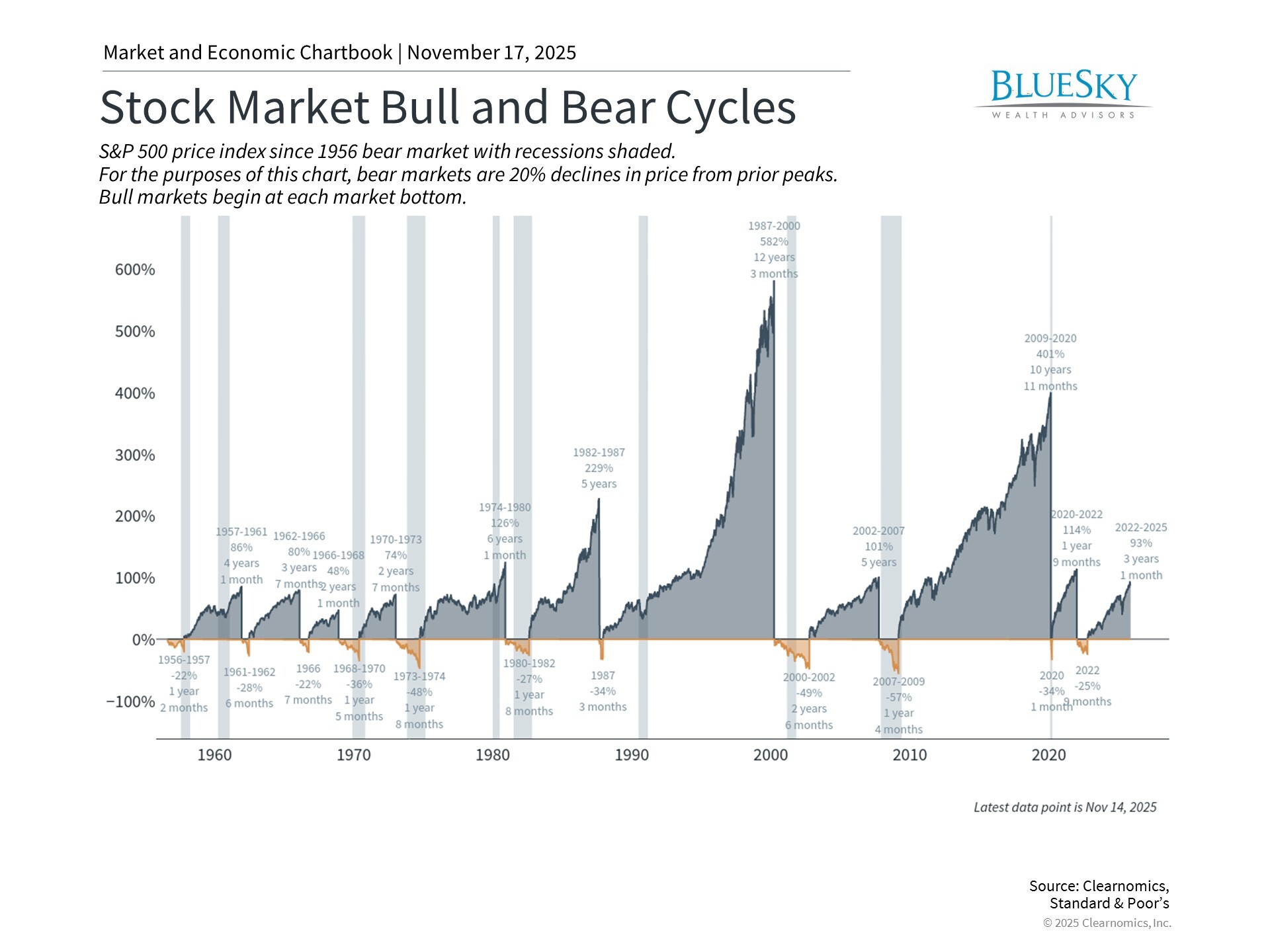
Understanding Federal Reserve Independence and Its Impact on Investors
Understanding Federal Reserve Independence and Its Impact on Investors
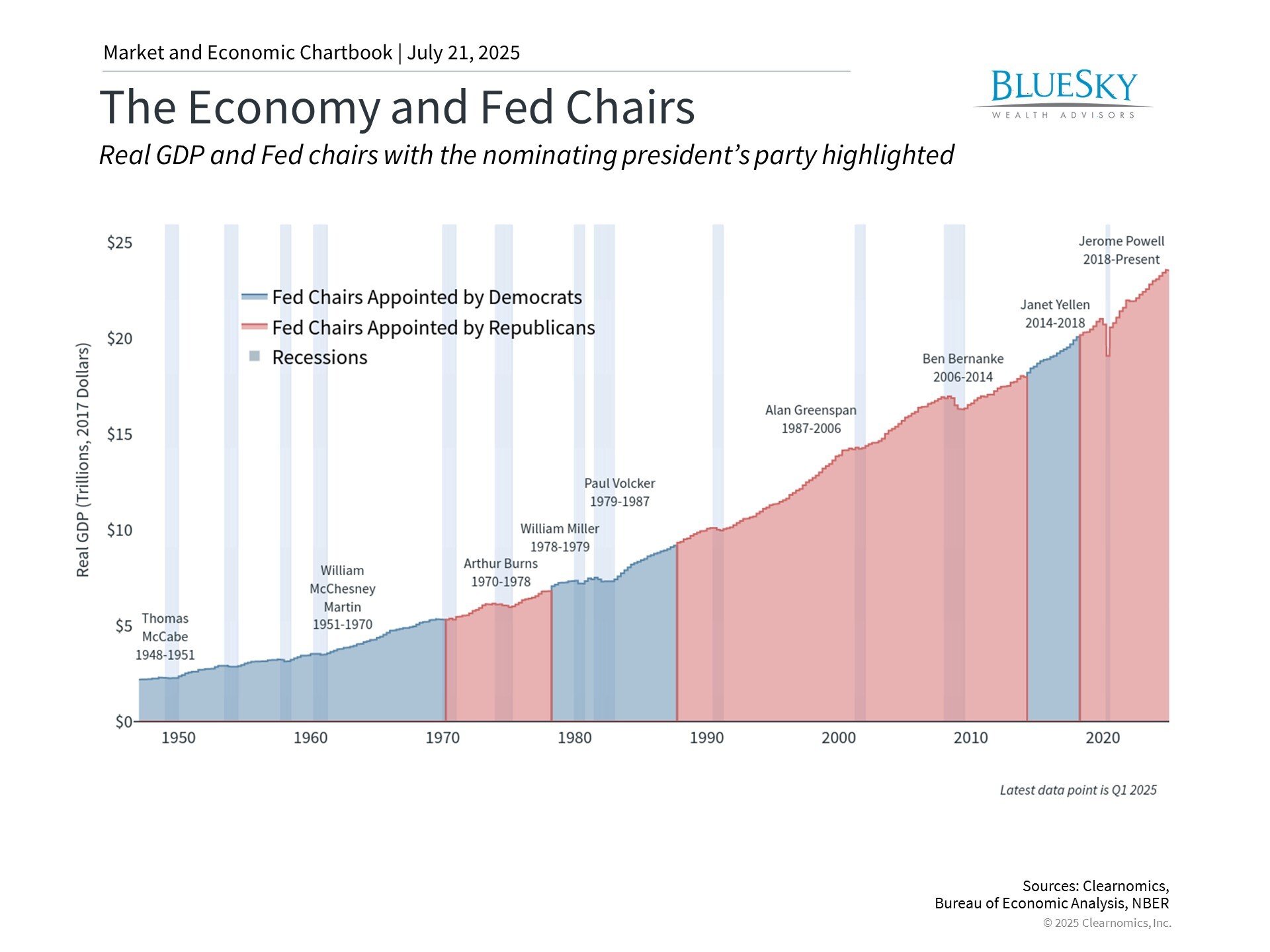
The relationship between the White House and the Federal Reserve has recently sparked renewed debate about central bank independence. This tension stems from the inherently different objectives and timeframes that guide elected officials versus Fed policymakers.
Political leaders typically favor accommodative monetary policy to stimulate economic activity and reduce government borrowing costs. Meanwhile, the Federal Reserve must balance multiple considerations, including price stability and financial system health, often requiring decisions that extend beyond electoral cycles.
While the Fed has faced criticism throughout its history, with numerous publications documenting both triumphs and missteps of various chairs, central bank independence has remained a cornerstone of the financial system for generations. Current discussions often focus on legal questions about presidential authority over Fed leadership, procedural implications of potential changes, and speculation about future appointments.
For investors, the critical consideration is whether monetary policy continues to serve economic stability effectively. Regardless of any administrative actions, Jerome Powell's chairmanship is scheduled to conclude by May 2026. What factors should investors monitor regarding Fed policy in the years ahead?
Central bank autonomy has transformed over decades

The chart illustrates the nine Federal Reserve chairs who have served since 1948. Most have worked under administrations from both political parties, with several receiving reappointments from presidents of different affiliations. Jerome Powell exemplifies this pattern, having been initially selected by President Trump in 2017 and later reconfirmed under President Biden. The data also demonstrates consistent economic expansion under Fed leadership regardless of the appointing party.
Central bank independence is frequently assumed rather than examined, making its historical development worth understanding. As the nation's monetary authority, the Fed establishes interest rate policy and supervises financial system stability. Independence enables the Fed to base decisions solely on economic fundamentals rather than political considerations.
This autonomy has emerged gradually over time. The Federal Reserve was created through congressional legislation in 1913, not constitutional mandate. The Fed's dual mandate has similarly evolved and is commonly understood as maintaining full employment while targeting 2% inflation. Contemporary monetary policy reflects lessons learned from historical economic crises and inflationary episodes.
After the Great Depression, the Banking Act of 1935 reorganized the Fed by concentrating authority within the Board of Governors and removing the Treasury Secretary to limit political interference. During World War II, the Fed temporarily sacrificed independence by keeping rates low to support wartime financing. The 1951 Treasury-Fed Accord is widely credited with restoring independence by ending the Fed's obligation to maintain government bond prices.
Current inflation and policy dynamics present ongoing challenges

Today's circumstances bear resemblance to the 1970s and early 1980s period. Before the 1972 election, President Nixon pressured for expansionary monetary policy to support his reelection prospects. Fed Chair Arthur Burns, previously Nixon's economic adviser, accommodated these preferences by easing policy, which economists believe intensified the subsequent decade's inflation.1
Paul Volcker's leadership in the early 1980s eventually restored price stability through recession-inducing rate increases. Though most economists credit this approach with ending the era's "stagflation," it generated significant political friction. Volcker's memoirs describe pressure from the Reagan administration to avoid rate hikes before elections.2
Current economic conditions mirror aspects of the 1970s, with policymakers balancing the need for restrictive policy to secure inflation progress against pressures to stimulate growth. While inflation has moved closer to the Fed's 2% objective, headline CPI remains at 2.7% with core inflation at 2.9% in the most recent data. The Fed is also monitoring potential price effects from proposed tariff policies.
The money supply data shown above helps illustrate this complexity. Fed-managed money supply typically grows steadily to support stable expansion and inflation. During crises like 2020, money supply serves as an economic support mechanism. Recent years have seen flat money supply growth as officials prioritized inflation control, potentially conflicting with some political preferences.
Further rate reductions remain anticipated

Setting politics aside, markets expect additional Fed rate cuts this year. Policy has remained unchanged following several reductions in late 2024 amid tariff-related uncertainty. Fed policy fundamentally serves long-term growth objectives. During economic expansion, the Fed prevents overheating - sometimes called "removing the punch bowl." During weakness, lower rates may be necessary to stimulate activity.
This calibration proves difficult under optimal conditions. Retrospectively, the Fed often faces criticism for being "behind the curve." Alan Greenspan, who chaired the Fed for nearly two decades, failed to address the housing bubble developing late in his tenure. More recently, critics argue the Fed responded too gradually to clear inflation signals in 2022.
Rather than debating past Fed decisions, investors should focus on responding appropriately to current conditions with long-term strategies. Historical evidence shows that Fed leadership transitions and policy shifts create uncertainty, yet markets have generally performed well despite these challenges.
The bottom line? Markets and the economy have thrived under various monetary policy regimes and political environments. Maintaining a long-term investment approach that can weather this uncertainty remains the optimal path to achieving financial objectives.
- https://www.aeaweb.org/articles?id=10.1257/jep.20.4.177
- Volcker, P. A. (2018). Keeping At It: The Quest for Sound Money and Good Government
Copyright (c) 2025 Clearnomics, Inc. All rights reserved. The information contained herein has been obtained from sources believed to be reliable, but is not necessarily complete and its accuracy cannot be guaranteed. No representation or warranty, express or implied, is made as to the fairness, accuracy, completeness, or correctness of the information and opinions contained herein. The views and the other information provided are subject to change without notice. All reports posted on or via www.clearnomics.com or any affiliated websites, applications, or services are issued without regard to the specific investment objectives, financial situation, or particular needs of any specific recipient and are not to be construed as a solicitation or an offer to buy or sell any securities or related financial instruments. Past performance is not necessarily a guide to future results. Company fundamentals and earnings may be mentioned occasionally, but should not be construed as a recommendation to buy, sell, or hold the company's stock. Predictions, forecasts, and estimates for any and all markets should not be construed as recommendations to buy, sell, or hold any security--including mutual funds, futures contracts, and exchange traded funds, or any similar instruments. The text, images, and other materials contained or displayed in this report are proprietary to Clearnomics, Inc. and constitute valuable intellectual property. All unauthorized reproduction or other use of material from Clearnomics, Inc. shall be deemed willful infringement(s) of this copyright and other proprietary and intellectual property rights, including but not limited to, rights of privacy. Clearnomics, Inc. expressly reserves all rights in connection with its intellectual property, including without limitation the right to block the transfer of its products and services and/or to track usage thereof, through electronic tracking technology, and all other lawful means, now known or hereafter devised. Clearnomics, Inc. reserves the right, without further notice, to pursue to the fullest extent allowed by the law any and all criminal and civil remedies for the violation of its rights.

